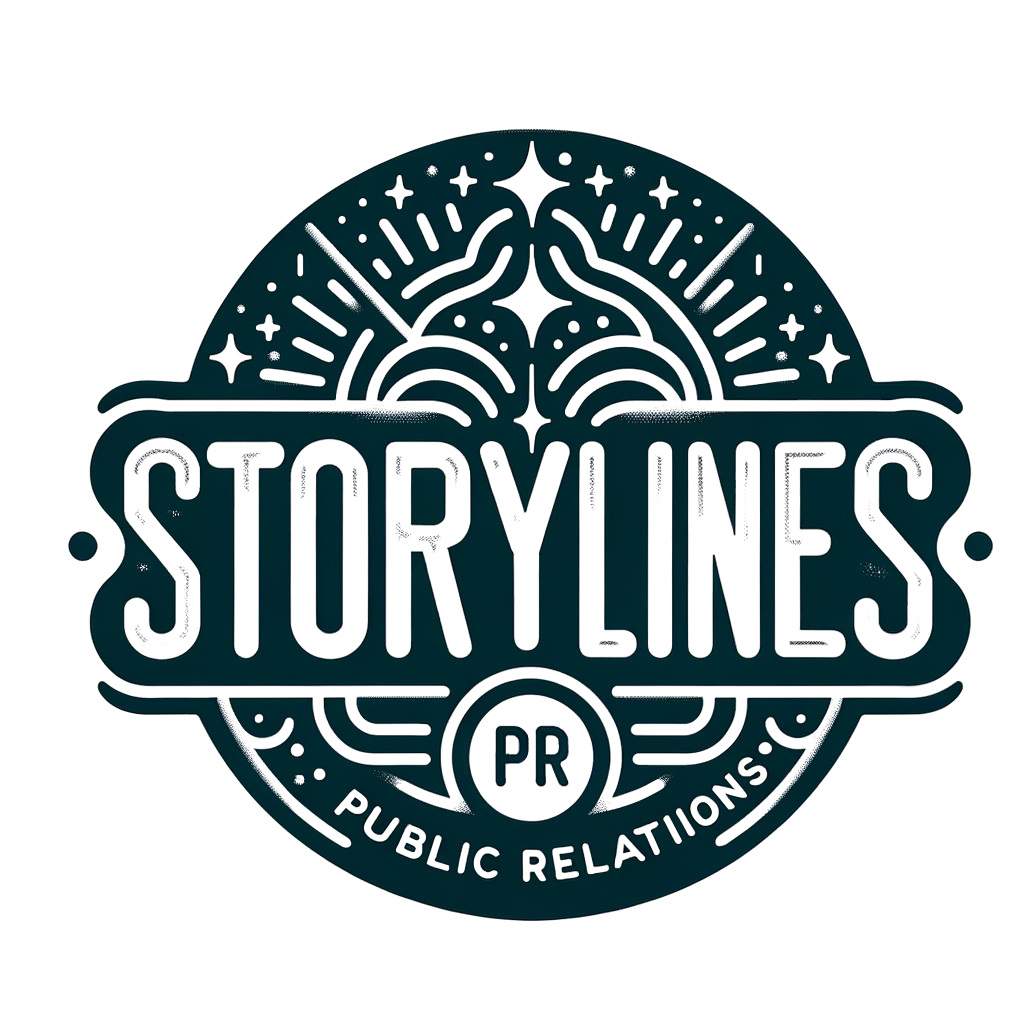Sound Kit Promo Strategy
Promoting a sound kit requires a mix of compelling content, strategic partnerships, and audience engagement to connect with music producers, beatmakers, and sound designers. Here’s a step-by-step strategy to ensure your sound kit gets the attention it deserves:
Pre-Launch Phase: Generate Anticipation
a. Teaser Campaigns
Social Media Teasers: Share short, high-quality audio clips or snippets from the kit on Instagram, TikTok, and YouTube Shorts. Pair them with captivating visuals.
Mystery Marketing: Create hype with posts like “The Ultimate Sound Kit for [Genre] is Coming Soon.” Use a countdown timer for added urgency.
b. Landing Page & Email List
Develop a clean landing page showcasing:
Sneak peek audio demos
Key features (e.g., genre focus, WAV/AIFF compatibility, unique sounds)
Early access signup form
Use email campaigns to keep subscribers updated and excited.
c. Beta Testing with Influencers
Provide early access to influencers, beatmakers, and producers in your niche.
Gather testimonials or video feedback to build credibility.
Launch Phase: Create Buzz
a. Product Demos
Video Walkthroughs: Create engaging demos showing how to use the sound kit in DAWs like FL Studio, Ableton Live, or Logic Pro.
Track Examples: Showcase a finished beat or track made entirely with the sound kit to highlight its versatility.
b. Influencer Marketing
Partner with TikTok and YouTube beatmakers to feature the kit in their tutorials, beat challenges, or track breakdowns.
Offer affiliate codes so influencers earn a commission, incentivizing them to promote your kit.
c. Social Media Blitz
Platforms: Focus on Instagram, TikTok, and Twitter to engage your target audience.
Content Types:
Before-and-after demos showcasing how the kit transforms a track.
Reels/shorts with quick beats using your kit.
Memes and engaging posts tied to producer culture.
Hashtags: Use tags like #SoundKit, #ProducerTools, and genre-specific tags to reach the right audience.
d. Community Engagement
Host a live Q&A or demo session on Instagram Live or YouTube, allowing users to ask questions and hear the sounds in real-time.
Launch a beat-making contest where participants use the sound kit to create tracks, with prizes for the best submissions.
Post-Launch Phase: Build Momentum
a. User-Generated Content (UGC)
Encourage customers to share tracks made with the sound kit and tag your brand.
Feature the best tracks on your social media channels.
b. Testimonials and Reviews
Collect and share positive feedback from early adopters and influencers.
Create graphics or video clips featuring quotes and ratings.
c. Email Campaigns
Send follow-up emails to your list with:
Tips and tutorials on using the sound kit effectively.
Case studies showing how producers have used the kit in their tracks.
Announcements of any updates or expansions (e.g., free bonus sounds).
Ongoing Promotion: Maximize Reach
a. Discounts and Bundles
Offer limited-time discounts or bundle the sound kit with other products to attract more buyers.
Run sales during high-demand times like Black Friday, Cyber Monday, or holidays.
b. SEO and Content Marketing
Create blog posts and YouTube content targeting keywords like “best sound kits for [genre],” “how to use sound kits,” or “[Your Kit Name] review.”
Optimize your product page for search engines with clear descriptions, keywords, and audio demos.
c. Collaborations
Collaborate with other sound kit creators or plugin developers to cross-promote products.
Partner with artists to release exclusive sound packs or presets for your kit.
d. Paid Ads
Use Facebook and Instagram ads targeting music producers, beatmakers, and hobbyists based on interests like “music production,” “FL Studio,” or “[Genre] beats.”
Consider YouTube pre-roll ads featuring quick demos.
Key Metrics to Monitor
Website Traffic: Track visits to your landing/product page.
Sales: Measure sales during launch and promotional periods.
Social Engagement: Monitor likes, shares, and comments on teaser and promo posts.
Feedback: Act on reviews and testimonials to improve future kits.

